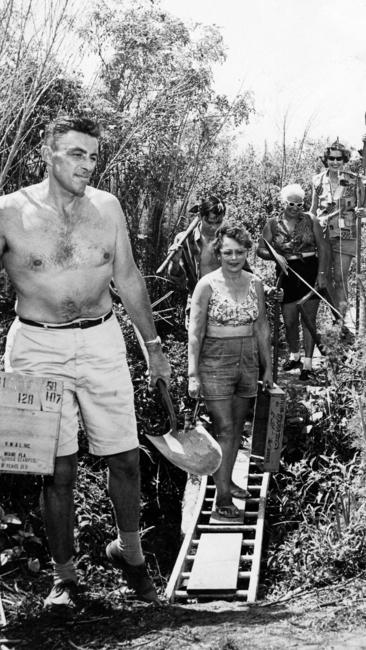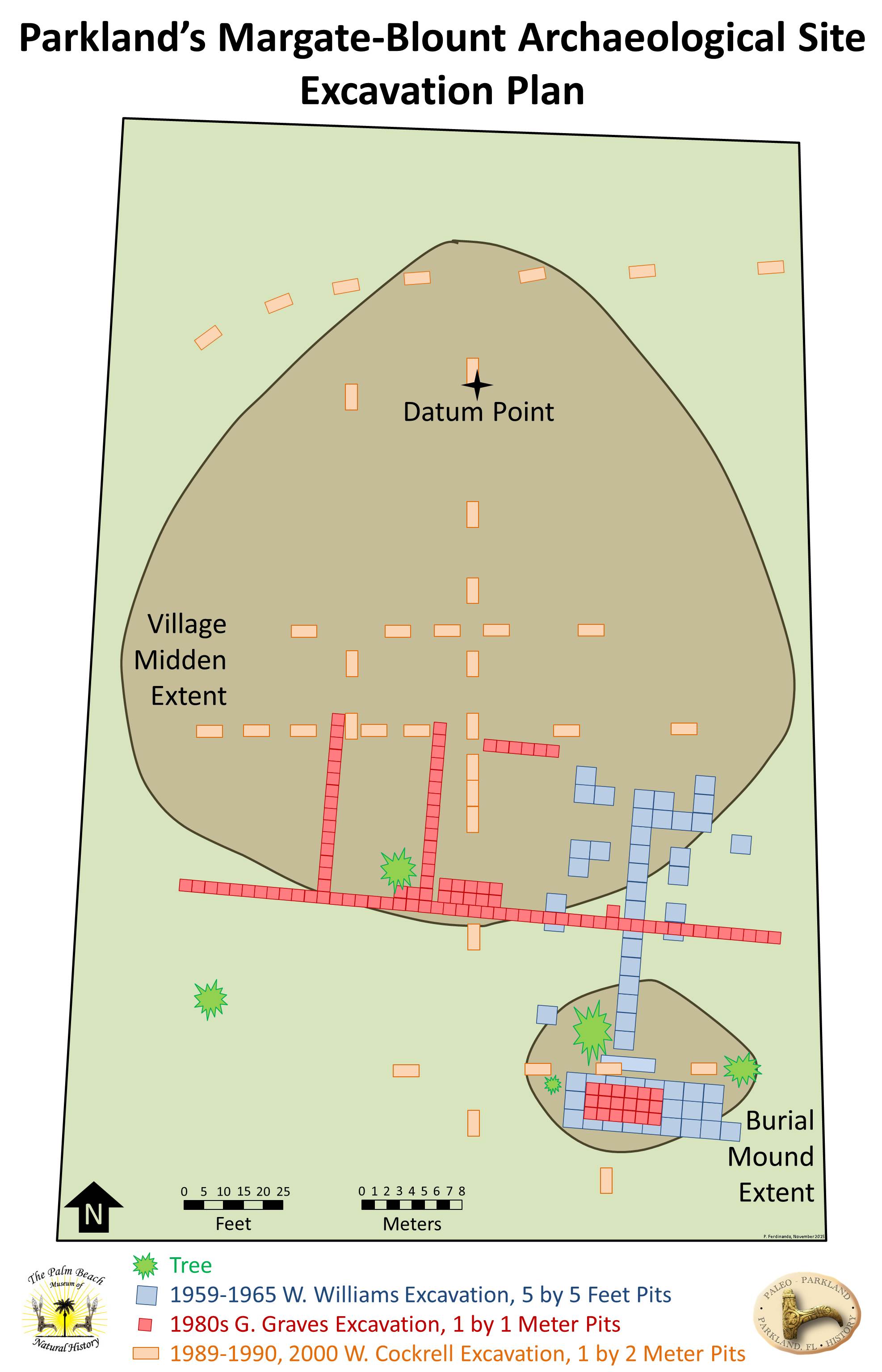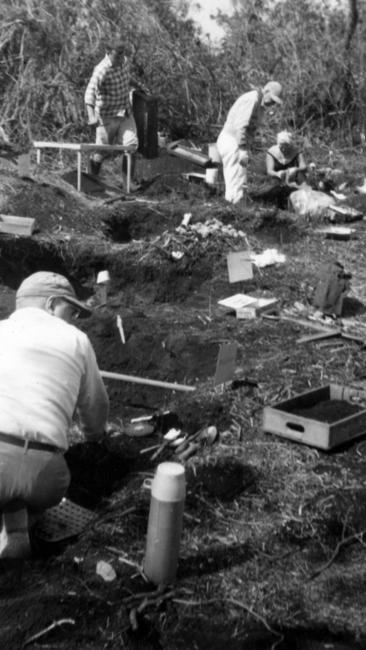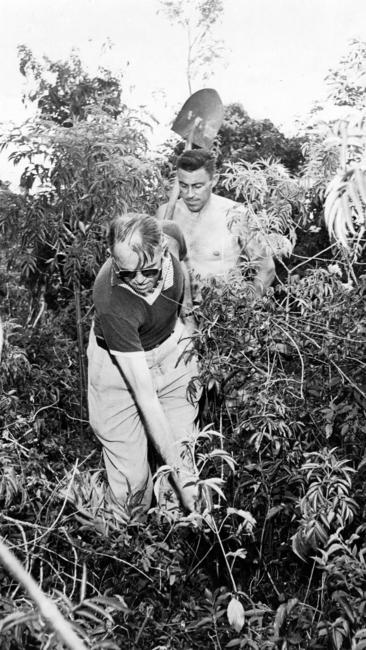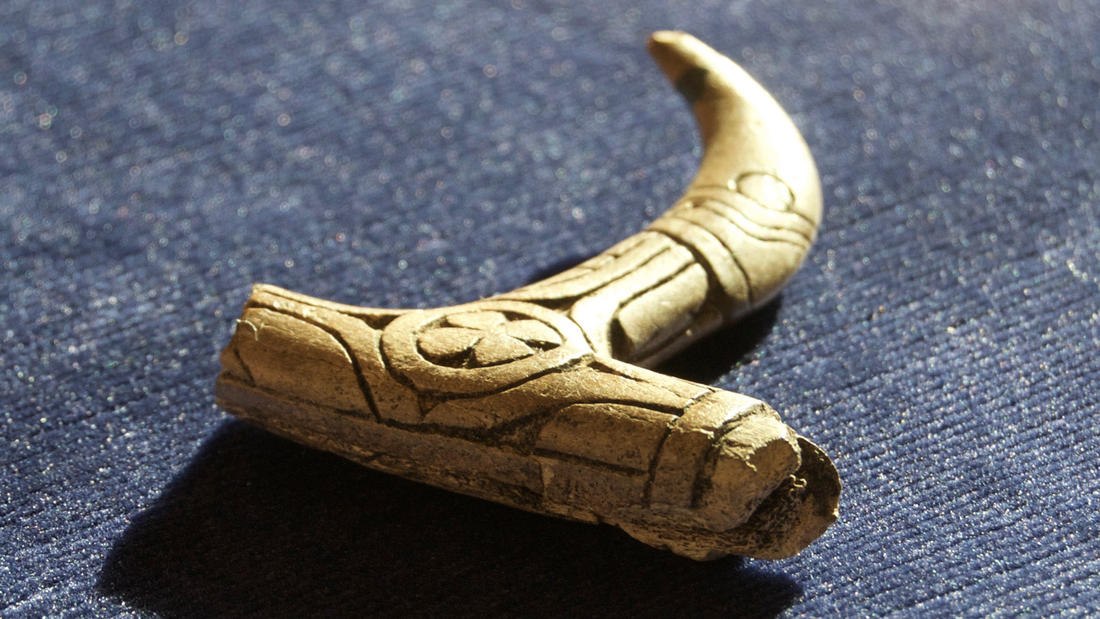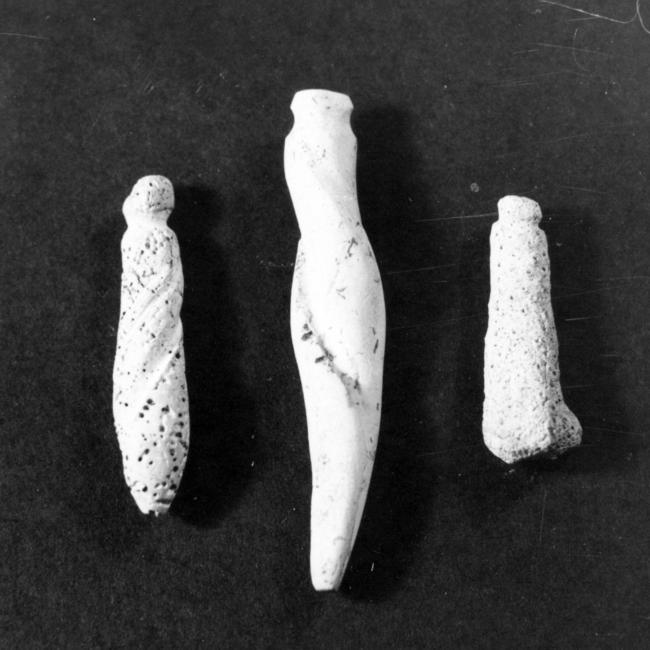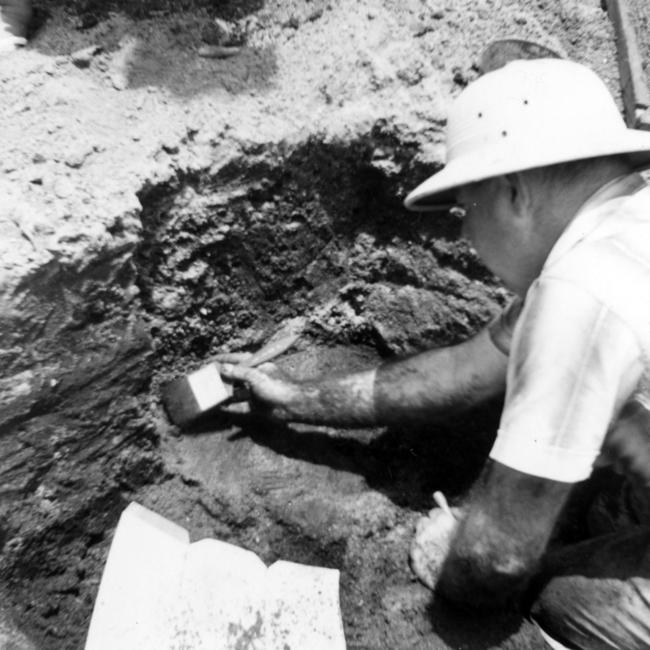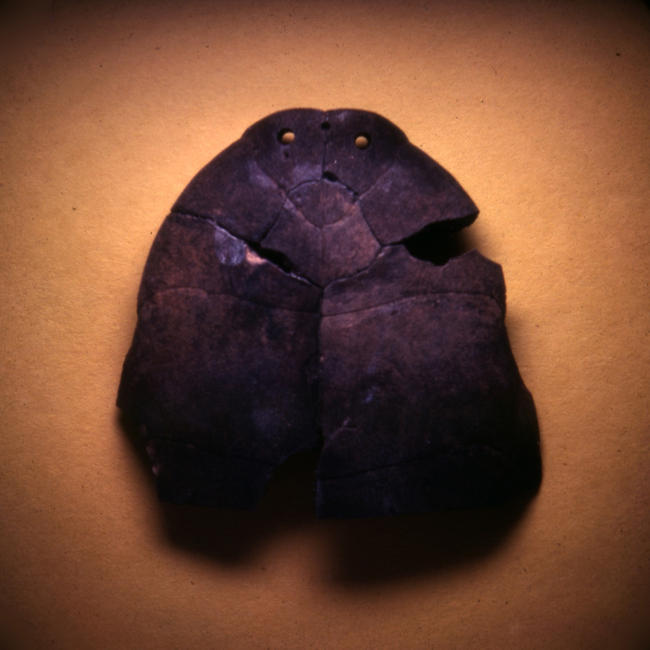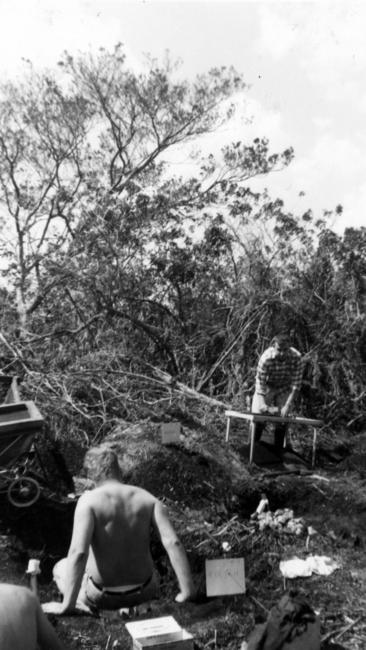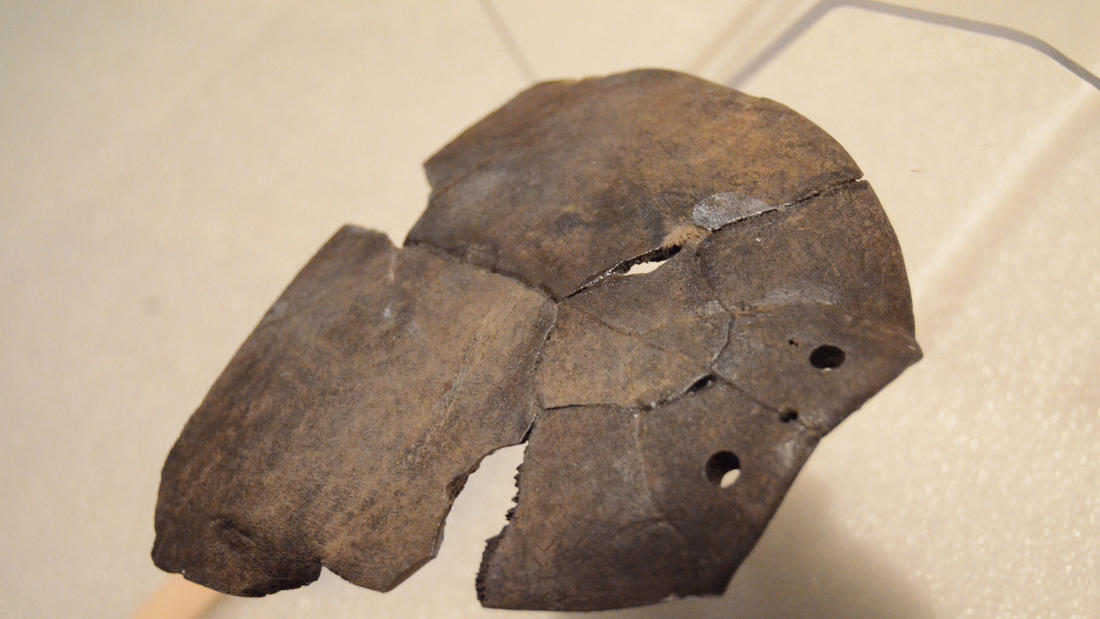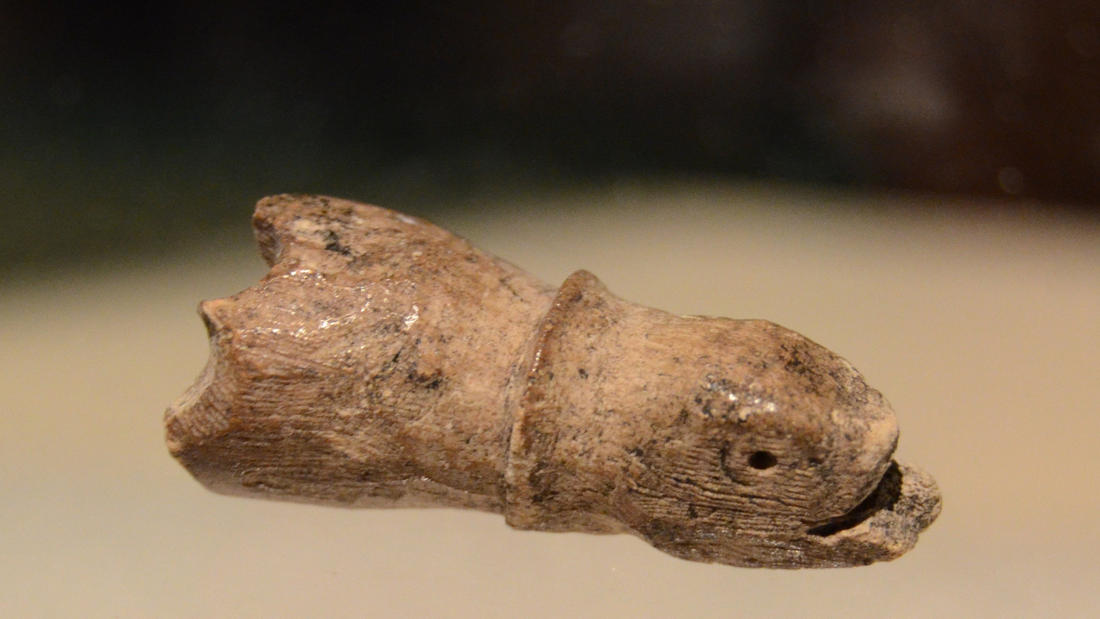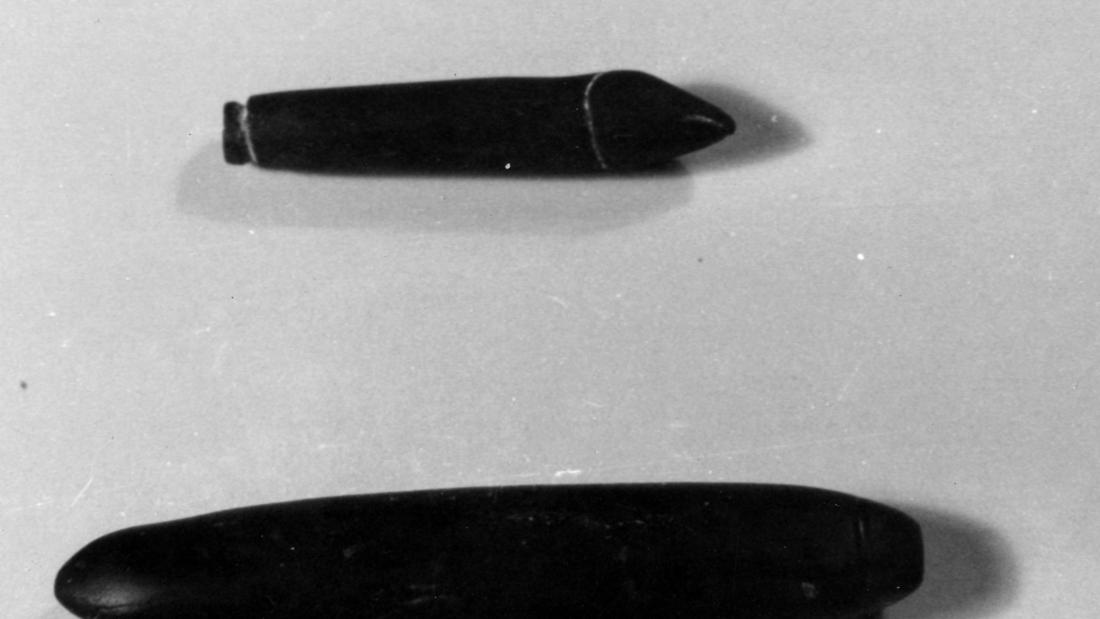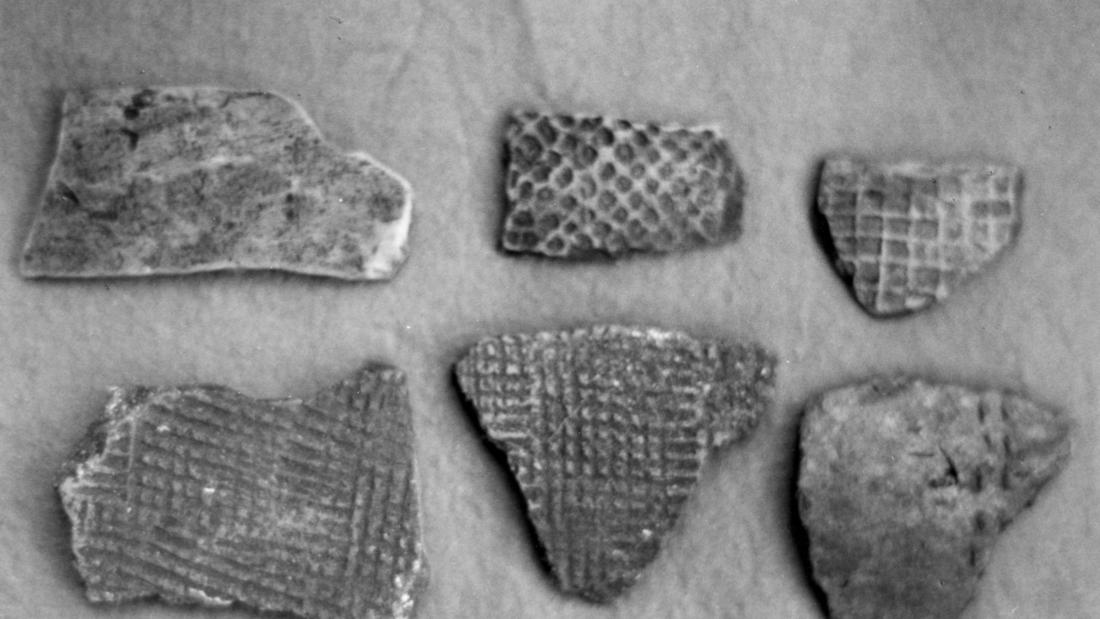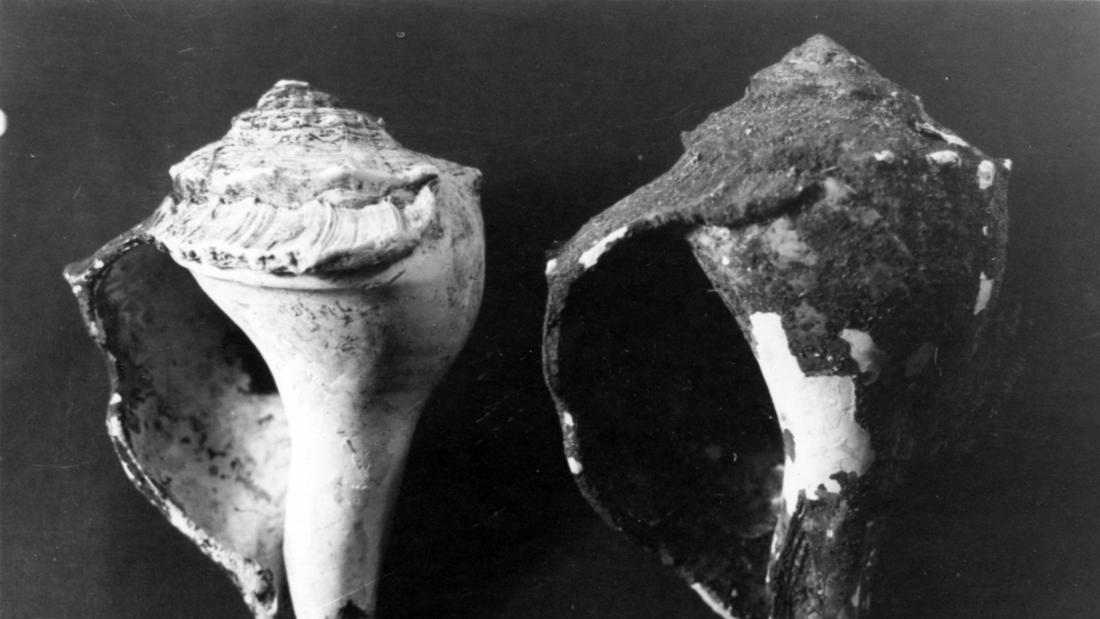Paleo-Parkland: The Margate-Blount Archaeological Site
Excavated four times between 1959 and the early 2000s, the Margate-Blount site has yielded a wealth of artifacts associated with the early inhabitants of southern Florida. The site itself began as a tree-island or hammock that served as temporary stopping point for native American hunters and traders about 3,000 years ago. Over time it evolved into a permanent settlement which lasted from approximately A.D. 750 through 1500 when it was apparently abandoned. The site was re-discovered around 1940 by Bruce Blount who founded the city of Parkland. In 1959 archaeologist Wilma B. Williams brought together a number of local volunteers to begin the first scientific excavation of Margate-Blount. This group would later become the founding core of the Broward County Archaeological Society.
Digging Deeper into the Margate-Blount Story
"Bridge to the Past: Excavations at the
Margate-Blount Site" by Wilma B. Williams
Originally Published in "The Florida Anthropologist" June 1983
The Margate-Blount site (8Bd41) is located within the interior of present day Broward County. Located approximately 12 miles from the Atlantic Ocean, this mound and village is a relatively large complex in the eastern Everglades in an area culturally influenced by the Everglades Cultural Area to the south and the Lake Ockeechobee area to the north. A large number of...continue reading
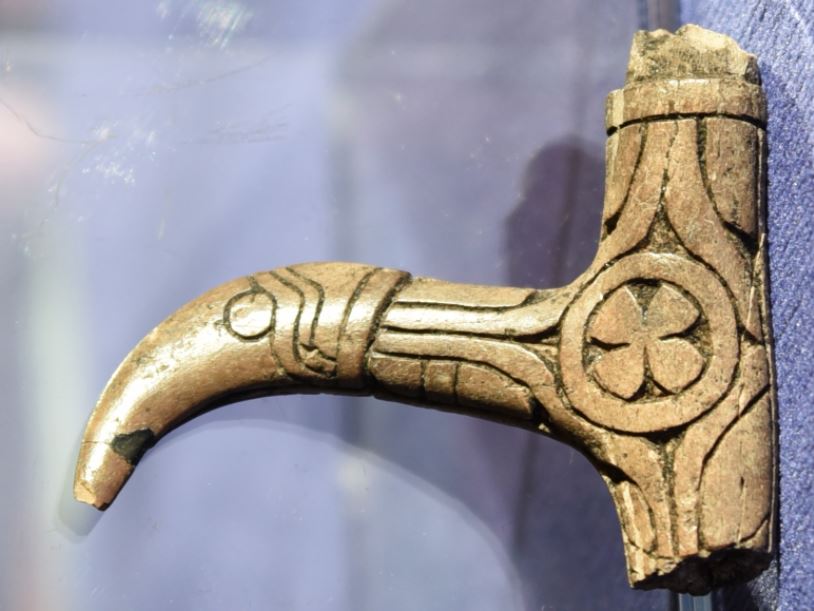
Margate-Blount's Iconic Vulture figurine
Carved deer antler
"Discovering Layers of the Past: Parkland's Margate-Blount archaeological site" by Dr. Peter John Ferdinando
Originally Published in "The Parklander" September 2015
The similarities between the job of a pastry chef and that of an archaeologist may not be evident immediately to the reader. Both professions, however, are obsessed with layers. A pastry chef builds up layers of delicious sponge, sweet filling, and colorful frosting to construct a glorious cake. An archaeologist excavates through dirt, muck, and sand in search of layers of the past...continue reading
A Margate-Blount Excavation Map and Photo Gallery
